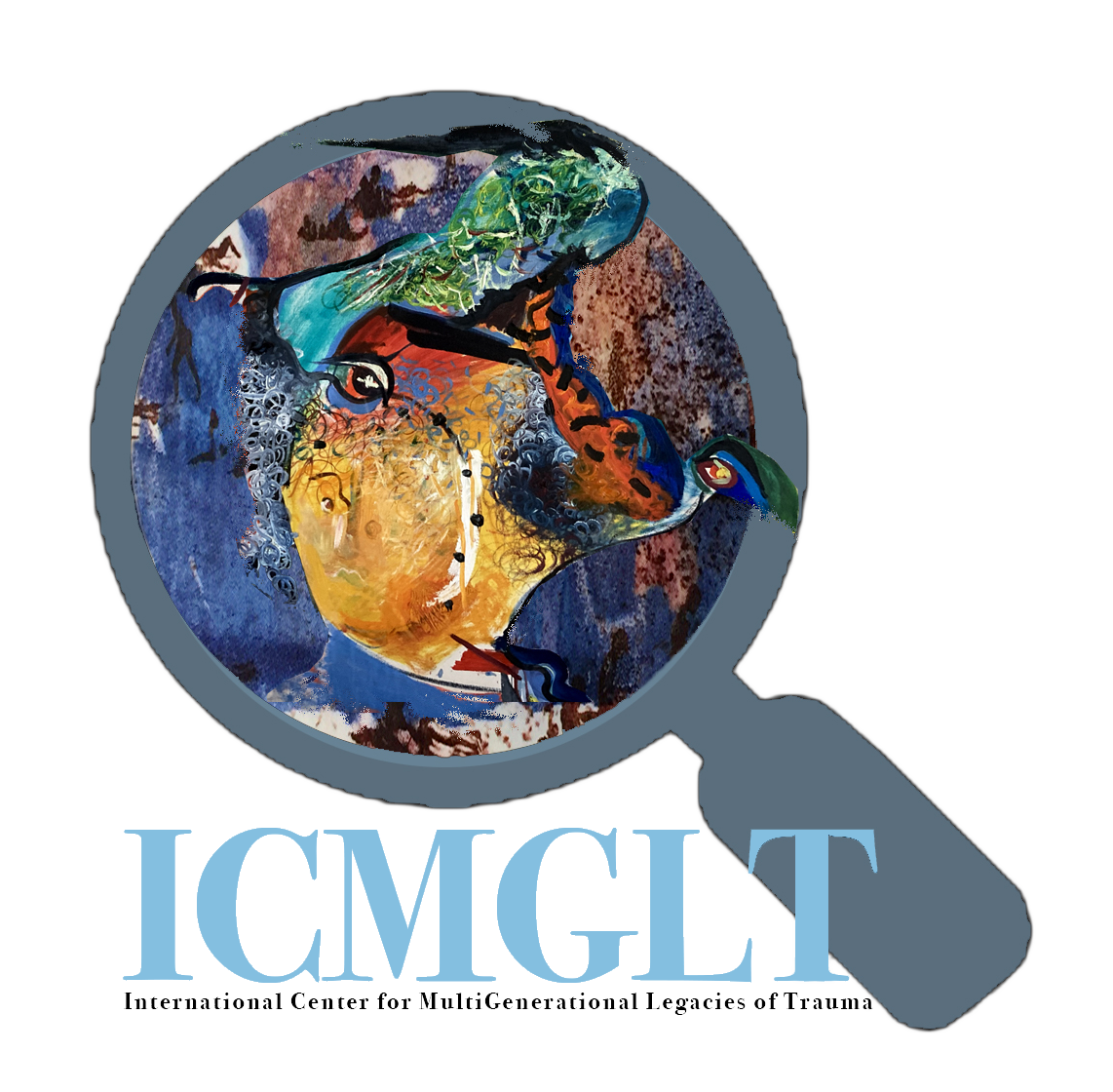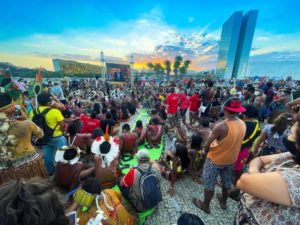In the northern district of Anlong Veng, the final stronghold of the Khmer Rouge, a newly designed roof now shelters the modest tomb of Pol Pot, one of history’s most infamous figures.
The project, crafted by two young Cambodian architects, has stirred discussions about the intersection of history, memory and reconciliation in a nation still healing from its traumatic past.
Pol Pot, who led the Khmer Rouge regime which was responsible for the deaths of up to two million Cambodians, died on April 15, 1998, in Anlong Veng.
Following his death, his body was cremated near the Thai border in the Dangrek Mountains, approximately 13 kilometres north of Anlong Veng.
The cremation site is marked by a simple grave, consisting of a mound of earth sheltered by a corrugated iron roof, with a modest altar in front.
The design of the new roof, a coffin-shaped structure supported by steel columns, speaks to both symbolism and pragmatism.
Meas Makara and Chhoeun Vannet, the students behind the design, explain that the shape reflects mourning and the inevitability of death, serving as a reminder of human impermanence.
“Regardless of how great our status may be, we all face the same end. What we leave behind is our honour and reputation,” they said.

While their work is visually striking, it is not without controversy. Critics argue that beautifying the tomb risks erasing the harrowing legacy of the man who lies interred there.
The architects, however, stress that their intent was not to glorify the former Khmer Rouge leader but to create a durable structure that withstands the region’s harsh geographic and climatic challenges.
The students explained that the steel columns, which will naturally rust over time, represent the fleeting nature of human existence, while the transparent roof is meant to evoke openness and a break from the oppressive darkness associated with Pol Pot’s rule.
“The design contrasts sharply with the era of his leadership,” the young architects noted.
Despite his notorious past, some locals and visitors perceive the site as having mystical powers, believing that making offerings or praying there can bring good luck or success. This has led to the addition of items like a spirit house and offerings at the site.
The grave is accessible via a dirt track opposite the Sangam Casino, about 20 meters from the main road leading to the Choam border crossing with Thailand.
Visitors should exercise caution, as the area was heavily mined during past conflicts, and its advisable to stay on well-trodden paths.
“There are several reasons for the friction and eventual conflict that emerged in the final days of the Khmer Rouge movement,” explained Ly Sok-Kheang, director of the Anlong Veng Peace Center of the Documentation Center of Cambodia (DC-Cam).
“The decision on whether to participate in the 1993 election created tension among the Khmer Rouge leadership,” he added.

He noted that Pol Pot clung to the belief that Vietnamese forces and spies had permeated the ranks of his administration.
In addition, he said, Pol Pot continued to believe that the Khmer Rouge could conquer Cambodia again.
Pol Pot’s views could not have been further from the truth.
“Almost as soon as Vietnam had completed its final withdrawal from Cambodia in 1989, the strategic battleground (or center of gravity) over Cambodia’s future shifted from the military to the political stage, which was keenly understood by Hun Sen,” said Sok-Kheang.
The project’s unveiling coincides with Cambodian Peace Day, commemorating the end of the civil war on December 29, 1998.
For many, the day is a reminder of the need for national unity and the rule of law. Former Khmer Rouge members in Anlong Veng describe peace as encompassing happiness, safety and the absence of violence.
“In regard to Peace Day, most of the former KR members we interviewed nodded in approval and valued it as a day to remember how the awful civil war came to an end and remind us of the need for national unity,” said Sok-Kheang.




